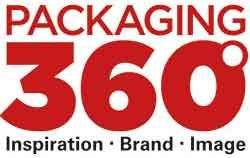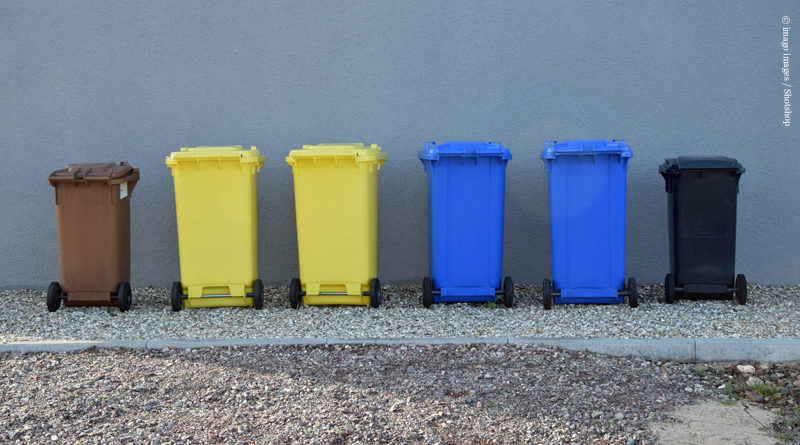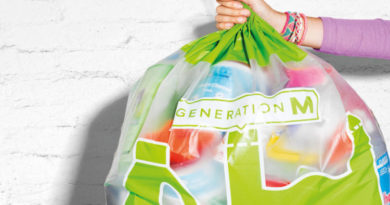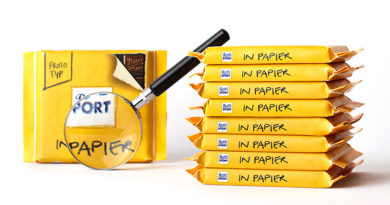Progress in Packaging Recycling
The Umweltbundesamt and the foundation „Zentrale Stelle Verpackungsregister“ have taken stock of the status of packaging recycling. According to the report, the quotas for material recycling have increased significantly since the Packaging Act came into force.
Significantly more recycled packaging, many more manufacturers meet their product responsibility: „The enforcement is taking place“, reports the foundation „Zentrale Stelle Verpackungsregister“ (ZSVR) on the effects of the Packaging Act, which came into force in 2019. According to this, around 200,000 manufacturers are now complying with the obligation to participate in dual systems. The target values for the degree of participation of the three material fractions glass, PPK (paper, cardboard, cartons) and light packaging have increased significantly since the Packaging Act came into force. The forecasts have been exceeded.
According to the report, progress is also being made in recycling. A total of 5.3 million tons of packaging from private consumers were recycled. This represents an increase in the amount of recycled packaging of no less than 13 percent. For plastics, even 50 percent more was recycled. „The recycling quantities have two drivers: the higher quotas of the packaging law and the higher quantities involved in systems,“ notes Gunda Rachut, board member of ZSVR.
dvi sees a success story
„The figures presented show how seriously the industry takes the issue of sustainability,“ comments Kim Cheng, Managing Director of the German Packaging Institute (dvi), comments on the presented report. „These are balance sheets of a success story.“ And the dvi does not see an end to this success story in packaging recycling. Cheng points out that recycled plastic, for example, can do much more than just flower pots and park benches: „The biggest and most sustainable opportunities are in the food packaging sector. Here we can turn a really big wheel in terms of recycling if the necessary certifications and approvals are obtained.“
In order to increase the amount of rPET for food contact material, the dvi believes it makes sense to ensure that material from disposable PET bottles does not end up in textiles. „In addition, the extension of the mandatory deposit to PET trays for eggs, fruit, vegetables or baked goods is worth considering.“
Life cycle assessment of reusable materials required
With regard to the volume of packaging in online trade and the fundamental weighing of reusable to disposable packaging, dvi demands clear and neutral life cycle assessments. „Reusable packaging must also be collected, cleaned and transported for reuse,“ Cheng points out. „The question of whether one-way or reusable is more sustainable should be answered by transparent and fact-based life cycle assessments. Those who want sustainable progress should not shy away from neutral analysis and its fact-based results.




